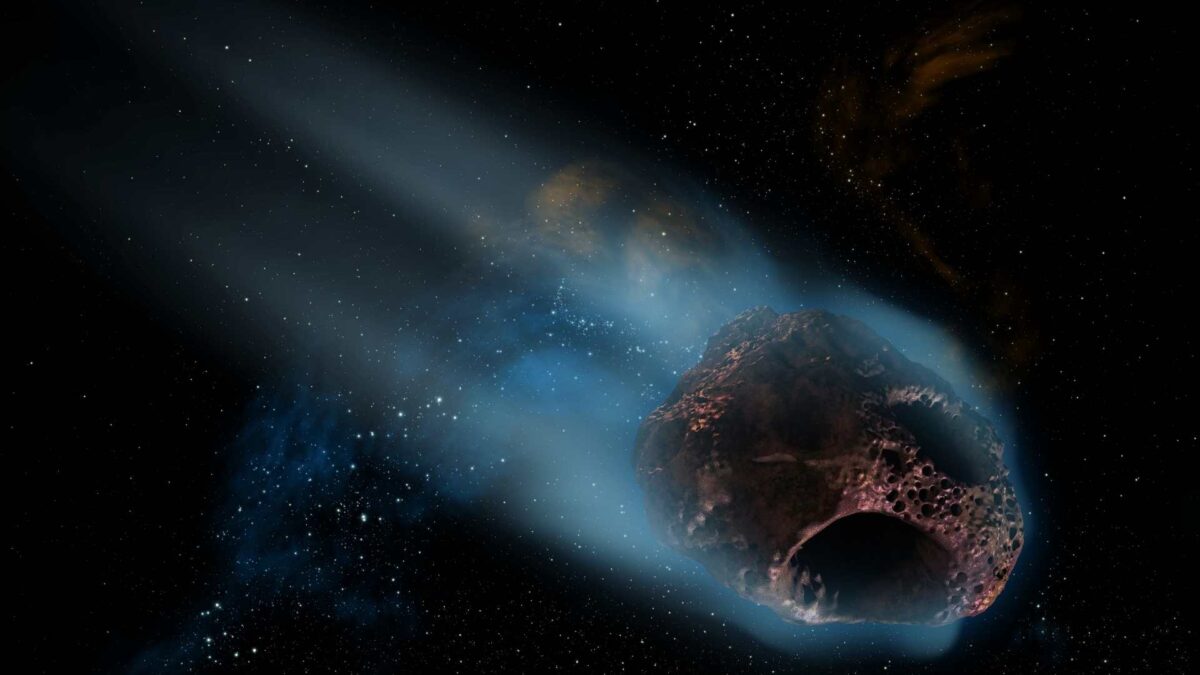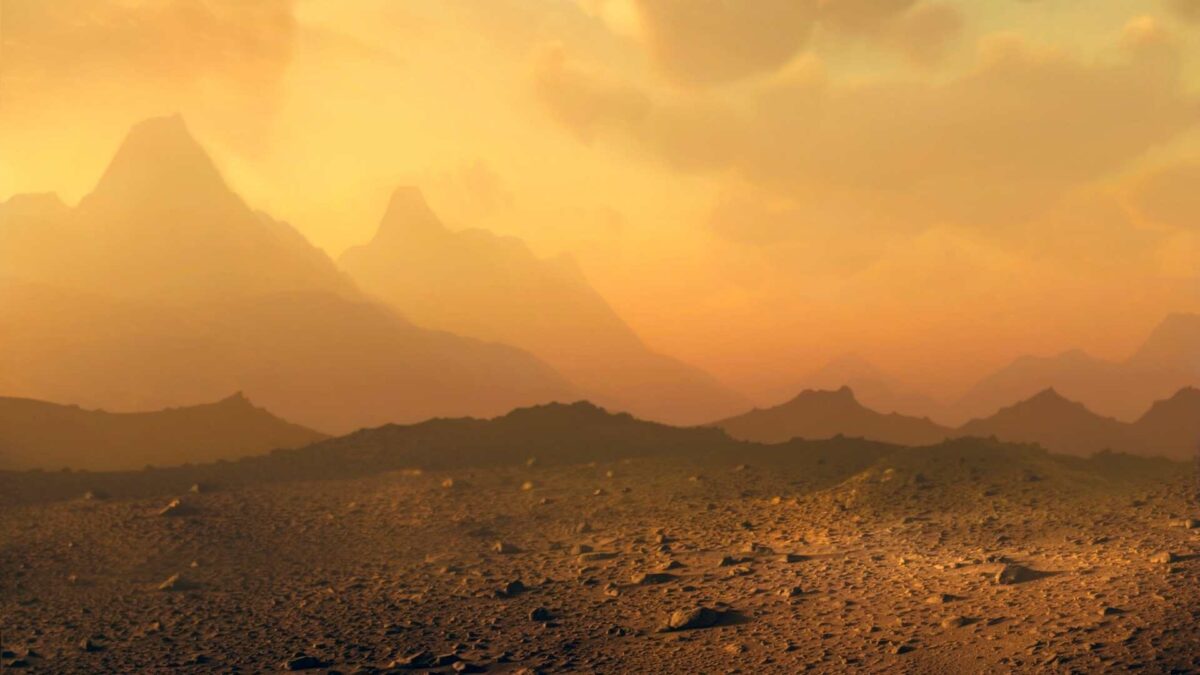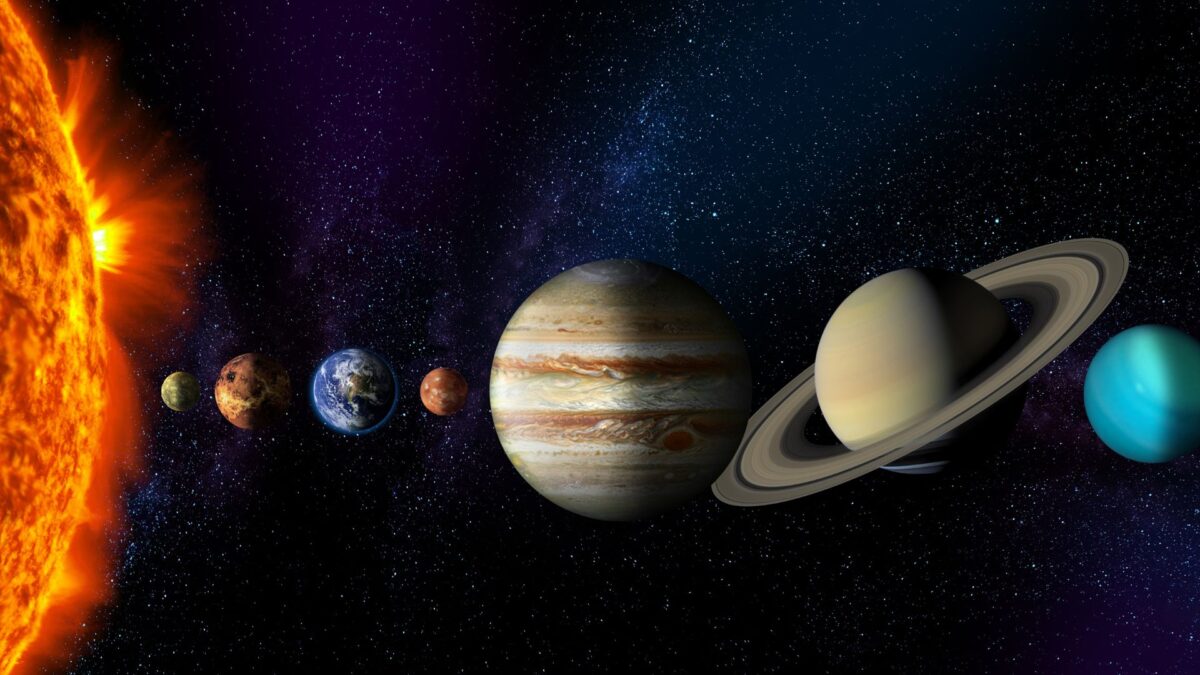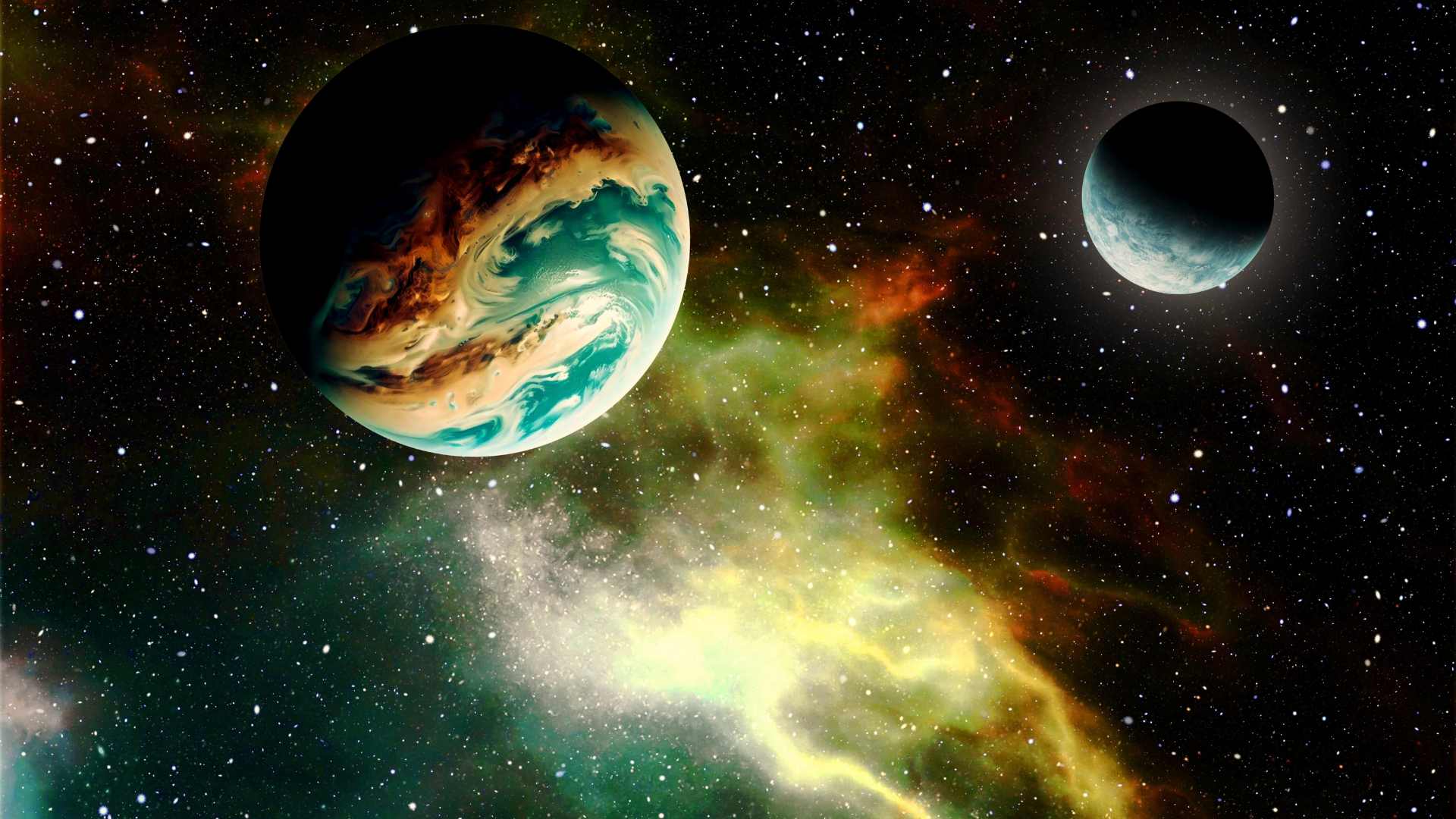
Scientists warn of hidden asteroids that could threaten Earth

An international study led by researchers at São Paulo State University (UNESP) in Brazil has highlighted a little-known but potentially serious threat: asteroids that share Venus’s orbit and may be almost impossible to detect with current telescopes.
“These objects orbit the Sun, but aren’t part of the Asteroid Belt,” said astronomer Valerio Carruba, first author of the study. “They are in resonance with Venus, but so difficult to observe that they remain invisible, even though they may pose a real risk to Earth in the distant future.”
Published in Astronomy & Astrophysics, the research combined analytical modeling and long-term simulations to track the dynamics of these so-called “Venusian co-orbital asteroids.” Unlike Jupiter Trojans, which are relatively stable, Venus co-orbitals are highly eccentric and unstable, cycling through different orbital configurations every 12,000 years on average. This means an asteroid can be safely near Venus one moment and pass close to Earth the next.
Currently, only 20 of these asteroids are known, all with elongated orbits that make them easier to detect. Models suggest a much larger population exists with more circular orbits that would remain virtually invisible from Earth. “Asteroids with lower eccentricities tend to stay near the Sun, making detection extremely difficult,” Carruba explained.

Simulations indicate that some of these objects could come dangerously close to Earth. Asteroids around 300 meters across could create craters up to 4.5 kilometres wide and release energy equivalent to hundreds of megatons, causing devastation if they struck populated areas.
Even the newly inaugurated Vera Rubin Observatory in Chile may struggle to detect these objects. Bright asteroids could appear for only one or two weeks when they rise above 20 degrees on the horizon, with long gaps of non-observation in between. Space-based telescopes, such as NASA’s Neo Surveyor or China’s proposed Crown mission, could offer better chances of detection.
Venus co-orbitals are thought to originate in the Main Asteroid Belt, gradually nudged into Venus-like orbits through gravitational interactions with Jupiter and Saturn. Their temporary captures last roughly 12,000 years, after which the objects may approach Earth or be ejected from the Solar System.
The study was carried out by UNESP’s Orbital Dynamics and Planetology Group with support from FAPESP.









